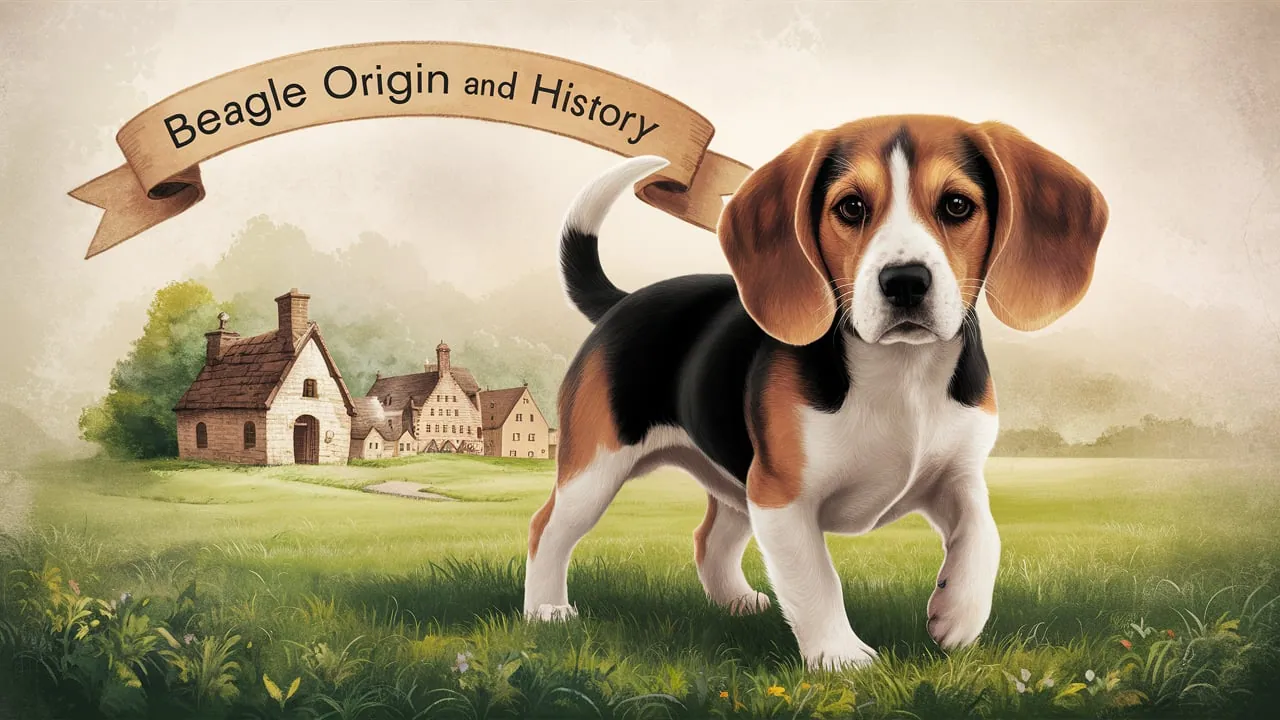The beagle, beloved for its friendly nature and keen sense of smell, has a rich history spanning over two millennia. This article explores the fascinating journey of the beagle from ancient hunting companion to modern-day family pet.
Beagles trace their ancestry back to ancient Greece around 400 BC. These early ancestors were bred for their hunting prowess, particularly their ability to track small game. While the exact origins are somewhat murky, it’s clear that the beagle’s development was driven by the need for a small, scent-driven hunting dog.
In both Greece and Rome, small hounds similar to modern beagles were prized for their exceptional sense of smell and tireless pursuit of prey. These dogs were well-suited to the varied terrains of the Mediterranean, from dense forests to rocky hillsides.
The beagle’s story truly unfolds in England during the Middle Ages. English hunters refined the breed, focusing on creating the ideal small game hunting companion.
One of the most intriguing developments was the “pocket beagle,” a diminutive version of the breed:
- Small enough to fit in a saddlebag or large pocket
- Popular among nobility, including Queen Elizabeth I
- Used primarily for hunting rabbits and hares
This miniature version showcases the versatility of the breed and the specific needs of hunters during this period.
By the 18th century, beagles were a common sight across England. However, it was in the 19th century that significant efforts were made to standardize the breed.
READ:- Fun Beagle Facts: Everything You Need to Know
- Focus on both hunting ability and companionship
- Establishment of a more uniform appearance
- Recognition by kennel clubs (The Beagle Club in England formed in 1890)
Beagles made their way to the United States in the late 19th century, where American breeders further refined the breed. The American Kennel Club recognized the beagle in 1885, cementing its status as a distinct breed.
- Emphasis on a balance between hunting skills and family-friendly traits
- Development of the modern beagle’s distinctive look
- Popularization of the breed as both a working dog and a pet
Today, beagles are renowned for their adaptability and friendly nature. While some still serve as hunting dogs, many have found new roles:
- Family Companions: Known for their gentle and merry temperament
- Detection Dogs: Employed in airports and border control due to their exceptional sense of smell
- Therapy Dogs: Their friendly nature makes them excellent for emotional support roles
Several traits have contributed to the beagle’s enduring popularity:
- Exceptional Sense of Smell: Second only to the bloodhound
- Pack Mentality: Thrives in social settings, great with families
- Vocal Nature: Known for their distinctive howl or “bay”
- Intelligence and Determination: Traits that served them well in hunting and now in various working roles
While beagles share many characteristics with other hound breeds, they stand out in several ways:
| Trait | Beagle | Bloodhound | Basset Hound |
| Size | Small to Medium | Large | Medium |
| Scent Ability | Excellent | Superior | Excellent |
| Energy Level | High | Moderate | Low |
| Typical Use | Hunting, Companionship, Detection | Tracking | Hunting, Companionship |
-
When did beagles first appear in history?
Beagles trace their ancestry back to ancient Greece around 400 BC.
-
What were pocket beagles?
Pocket beagles were a miniature version of the breed developed in medieval England, small enough to fit in a saddlebag or large pocket.
-
Are beagles still used for hunting today?
While many beagles are now family pets, some are still used for hunting due to their excellent scent-tracking abilities.
From ancient Greece to modern homes, the beagle has proven its adaptability and enduring appeal. Its journey reflects the changing needs and values of human society, evolving from a specialized hunting tool to a beloved family companion. The beagle’s rich history, combined with its friendly nature and versatile skills, ensures its continued popularity in the years to come.
